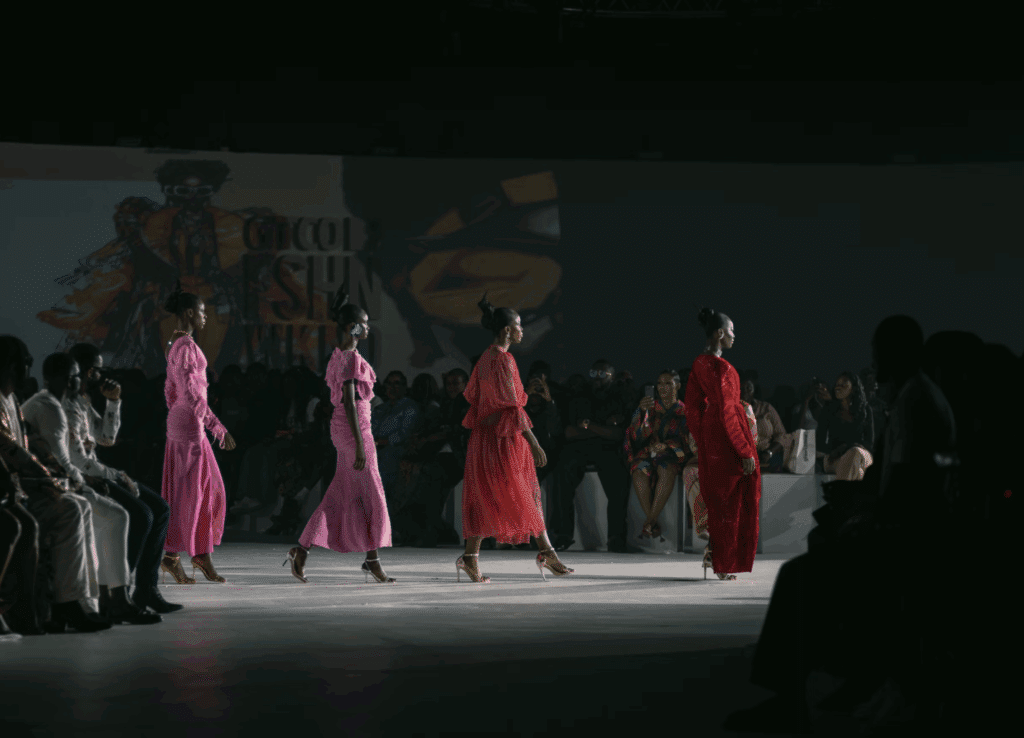Several new intellectual property statutes were signed into law as part of the COVID-19 relief legislation passed in December 2020. One of the particularly relevant laws for brand owners comes in the form of the Trademark Modernization Act (“TMA”), which creates multiple new administrative avenues that they can use to protect their valuable trademark rights in front of the U.S. Patent and Trademark Office (“USPTO”).
The “Modernization” in “Trademark Modernization Act” refers to the fact that the USPTO’s systemic practices for evaluating trademark owners’ evidence that they are, in fact, using the marks at issue in commerce (a pre-requisite for registration) has left the federal register vulnerable to widespread fraud. Most notably, large numbers of trademark applicants from China have achieved U.S. registrations, despite submitting visibly doctored specimens, which suggests that the applied-for marks are not actually being used in U.S. commerce.
This can result in bona fide trademark owners, including fashion brands that actively use their marks in U.S. commerce, being blocked from registration due to the existence of similar, fraulently-obtained marks on the register. The USPTO previously instituted additional examination procedures, as well as a post-registration “audit” program, which were designed to root out fraudulent specimens of use and preserve the integrity of the federal registration system. However, the problem has persisted, and after years of complaints from trademark owners and attorneys, the USPTO has now provided several new mechanisms by which third parties can intervene in the examination of new applications and challenge the validity of questionable registrations.
Third-Party Submission of Evidence During Examination
By enabling participation in the USPTO’s process of examining new applications, the TMA merely codifies the USPTO’s longstanding policy of allowing third parties to file “Letters of Protests” in response to pending trademark applications. Most frequently, a Letter of Protest (“LoP”) is filed when a third party suspects that a new trademark application may infringe on the its own trademark rights. However, a LoP can raise any grounds for why a trademark application should be rejected. For example, if a third-party attempts to register a descriptive or generic term such as “HOODIE,” other hoodie manufacturers may wish to ensure a quick rejection of such a trademark application so that they can keep using the term hoodie to describe their own products, unencumbered. In such a case, the LoP would consist of evidence establishing the descriptive or generic significance of the wording “HOODIE” in the applicant’s mark.
For a notable example of LoP practice in the fashion world, consider Nike’s quest to register the trademark “FOOTWARE” (U.S. Serial No. 88350648), not for footwear goods, but for software and technology which could be incorporated into footwear. Rival footwear brand Puma filed a 58-page LoP in an attempt to convince the examiner to reject Nike’s application as merely descriptive. The first page of the LoP establishes the basis on which Puma believes the examiner should reject Nike’s application: It is merely descriptive under Section 2(e)(1) of the Lanham Act. The next 57 pages consist of internet screenshot evidence supporting this proposition, making the case that the wording footwear (phonetically equivalent to “FOOTWARE”) is frequently used in connection with the software and wearable technology covered by Nike’s proposed trademark. In this particular case, the examining attorney eventually approved Nike’s application for publication, so Puma later filed an opposition proceeding in an attempt to prevent the “FOOTWARE” mark from registering.
LoPs are also frequently used by third parties in the fashion industry to challenge trademark applications that aim to register slogans or ornamental design elements that may fail to function as trademarks for clothing goods. For example, if a clothing company attempts to register a common slogan such as “WINTER IS COMING,” third party clothing brands may intervene and present evidence to the examining attorney that establishes that the applied-for slogan is so commonly used that it cannot function as a source-identifier; this way, fashion brands can ensure that widely-used phrases and ornamental elements stay free for use by all industry participants.
Although third parties always have the option of initiating Opposition Proceedings within the Trademark Trial & Appeal Board, in furtherance of which applications can be opposed after they have been approved and published by the USPTO, LoPs give third parties a cheaper and easier option for challenging applications before they even reach the publication stage. In LoPs, which are submitted via petition to the director of the USPTO, the interested third party must specify the grounds for refusal and concisely describe each piece of supporting evidence. The director must then determine whether the evidence should be included within two months of the filing of the LoP. If accepted, only the indicated grounds for refusal and the supporting evidence are added to the application.
Ex Parte Expungement & Reexamination of Registrations
The TMA also provides for new “expungement” and “reexaminations” proceedings, via which third parties can petition the USPTO to take a closer look at registrations that may not be used in U.S. commerce. Since active use in U.S. commerce is a requirement for USPTO trademark registration, these proceedings could result in registrations being removed from the federal register.
Traditionally, a third party that wants to challenge a federal trademark registration must initiate a cancellation proceeding, an expensive and potentially burdensome proceeding in the Trademark Trial & Appeal Board in which a petitioner must make a case for removing a trademark from the register. Frequently, cancellation proceedings are focused on whether a registrant is actively using its mark in U.S. commerce in connection with particular goods or services, and the proceedings are often initiated because the registration at issue is blocking the applicant from obtaining registration for its own trademark.
For example, consider a hypothetical situation where an up-and-coming streetwear brand cannot register its trademark for shirts and jackets with the USTPO because their brand name, RESOLVE, is taken by a gastropub, RESOLVE BREWING, across the country that has also registered its mark for hats. In this case, the streetwear brand may file a cancellation proceeding against the RESOLVE BREWING registrant on the basis that the registrant’s mark is only currently used in connection with bar and restaurant services, as the registrant quit selling hats years ago. If successful, the streetwear brand can get the RESOLVE BREWING registration for hats cancelled, and it can proceed to register its own mark. The TMA’s expungement and reexamination proceedings provide for a cheaper and easier option to cancellation proceedings, aimed at allowing third parties to quickly dispose of blocking registrations that are likely fraudulent in nature.
The TMA provides that a third party may file a petition to expunge a registration on the basis that the mark has never been used in connection with some or all of the goods or services in the registration. Reexamination proceedings are similar to third party expungement proceedings, except they can be instituted by a third-party petitioner on the basis that the mark was not in use in commerce in connection with some or all of the goods/services, on or before the relevant date (i.e., the dates of use claimed in the official documents which were submitted to the USPTO). In order to initiate such a proceeding, the third-party petitioner must provide a verified statement establishing that the petition has conducted a “reasonable investigation” and determined that the mark has never been used in commerce (for expungements) or was not in use as of the relevant date (for reexaminations), and set forth any additional supporting facts. If the director determines that the petitioner has set forth a prima facie case, the director will institute the ex parte expungement or reexamination proceeding.
In response, the registrant can submit proof of use or excusable non-use.
Notably, these provisions also give the USPTO authority to institute ex parte expungement and reexamination proceedings on the agency director’s own initiative. This could potentially result in a new type of audit program, one in which the USPTO acts on its own authority to aggressively police the register. If an expungement or reexamination proceeding does not result in a registration being cancelled, due to the registrant submitting acceptable proof of use, then no further expungement or reexamination proceedings may be instituted in regards to the goods and services which were the subject of the previous proceeding, regardless of the identity of the new third party petitioner. While the USPTO will set a fee for this proceeding, and most of the details must still be established by the agency’s regulations, this provision will likely present a cheaper and easier alternative to traditional cancellation proceedings for registrations which include potentially fraudulent specimens of use.
Other Notable Provisions
Still yet, the TMA significantly changes federal trademark litigation by entitling plaintiffs to a presumption of irreparable harm when seeking injunctions if there has already been a finding of likelihood of confusion. This makes it easier for federal trademark plaintiffs to stop infringers from using their mark, a very notable development for clothing manufacturers that are constantly battling to take counterfeit goods off the market. Additionally, the TMA allows the USPTO to exercise more leeway in setting deadlines for Office Action responses, though the practical effect of this new agency discretion will depend on how the USPTO implements the applicable regulations.
The TMA will certainly not make it easier to get and keep a trademark registration. In fact, in many ways, it will make it more difficult, as it further pressures trademark registration owners to ensure that they only maintain their registrations for the goods and services actually used in connection with the mark. However, the TMA represents a great stride toward ensuring the accuracy and integrity of the USPTO’s trademark register. Even more significantly, it gives third party trademark owners an unprecedented level of influence in the ex parte examination process. Perhaps the TMA is another step toward a more collaborative trademark ecosystem, in which stakeholders are encouraged to protect the value of their brands by participating in the administration and management of the federal register.
John S. Miranda is an Associate Attorney with Abelman Frayne & Schwab, an IP boutique in New York, where he focuses his practice on trademark counseling, clearance, and prosecution.














